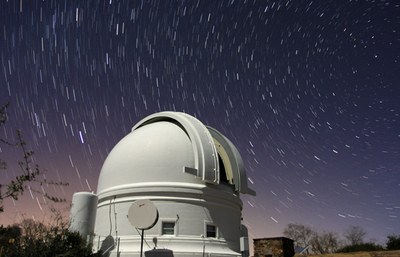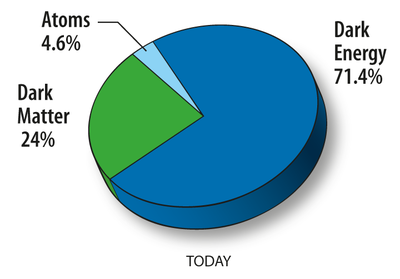Available Bachelor and Master thesis projects
Below is a list of possible Bachelor and Master thesis topics of the AG EAT of Prof. Kowalski. If you are interested in one of these topics please contact Prof. Dr. Marek Kowalski (kowalski@physik.hu-berlin.de).
Robotic telescopes and big data in astronomy
|
Modern telescopes detect hundreds of thousands of variable objects each night. Some of these are unique events that probe extreme environments and energy scales impossible to reach in labs. A new class of robotic telescopes are currently being built to rapidly start following these. This project will use machine learning and other advanced statistical methods that autonomously parse the stream of astronomical data for unique “gold nugget” events, and trigger appropriate rapid observations. |
credit: Palomar/Caltech |
Supernova cosmology with the Zwicky Transient Facility
|
credit: NASA |
The Zwicky Transient Facility (ZTF) survey, based in Palomar (US), regularly scans the full visible sky for any new variable objects. This has allowed the creation of the largest sample of nearby Type Ia supernovae - cosmological lighthouses that can be used to measure how fast the Universe is expanding. We now work to improve these distance estimates and use the sample to study properties of the dominating and largely mysterious components of the Universe: dark energy and dark matter. |
Rule(r) of the Universe
| Type Ia supernovae are standard candles - their uniform brightness allows us to use samples of supernovae as rulers to measure the sizes in the Universe. Current measurement techniques provide distances with about 7% uncertainty, but experimental methods show that this can be improved to ~4%. Confirming this would spark a new generation of cosmological surveys trying to understand the properties of the, so far, mysterious dark matter and dark energy. This project will use data mining techniques to extract the most relevant standardization properties from large samples of well-measured supernovae. |
credit: NASA/JPL-Caltech |
Physics from the Empty Universe
|
credit: Springel et al. (2005) |
Most of the volume of our Universe consists of voids. These were primordial low-density regions that have continued losing matter due to gravitational outflows. They are critical to our understanding of 𝛬CDM, the cosmological standard model, both due to the lingering imprint of pre-inflationary quantum fluctuations and the fact that dark energy is expected to dominate the dynamics today. Void projects focuses on the characterization of voids in the nearby Universe and what we can learn about them from peculiar velocities of Type Ia supernovae found in and surrounding voids. |




